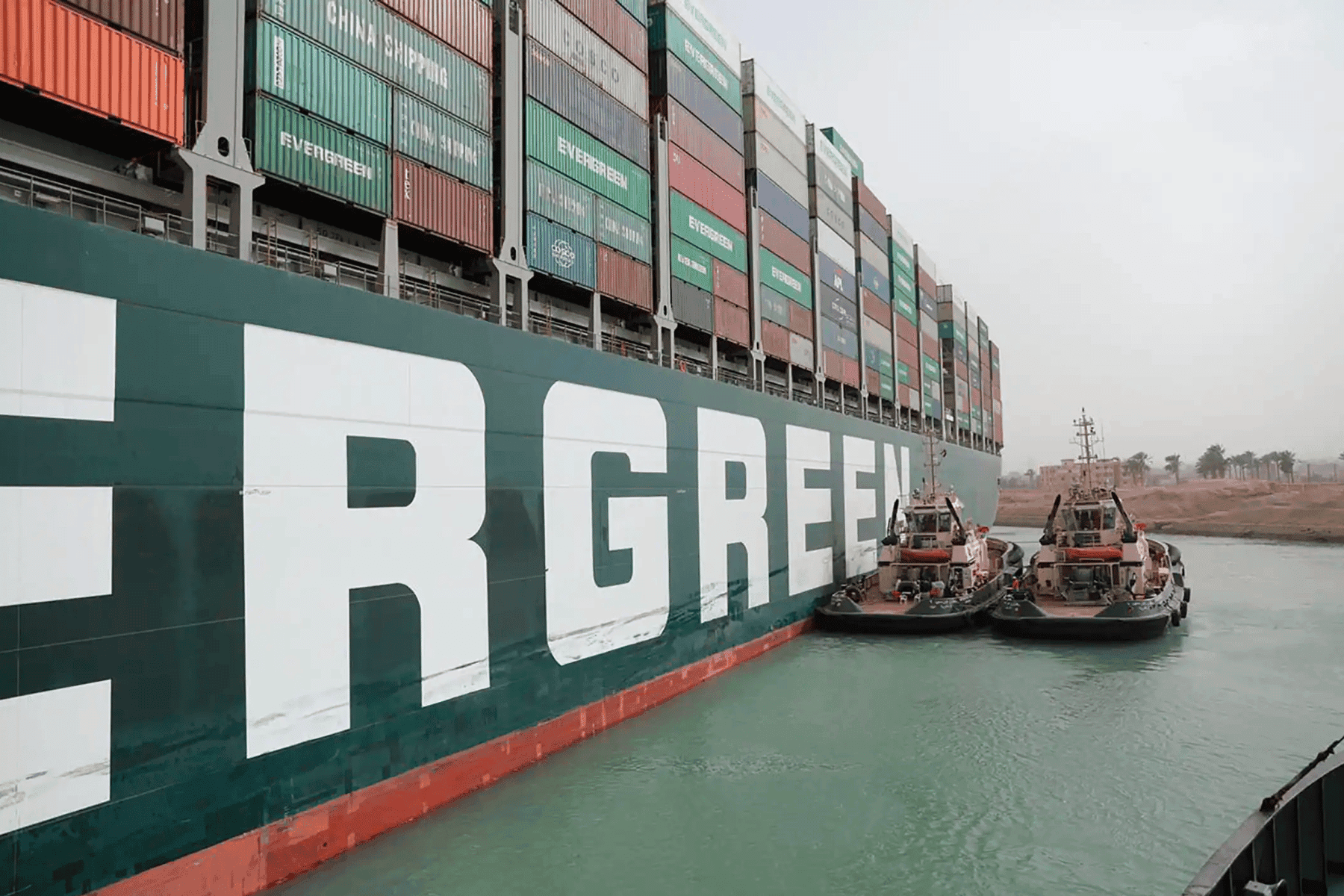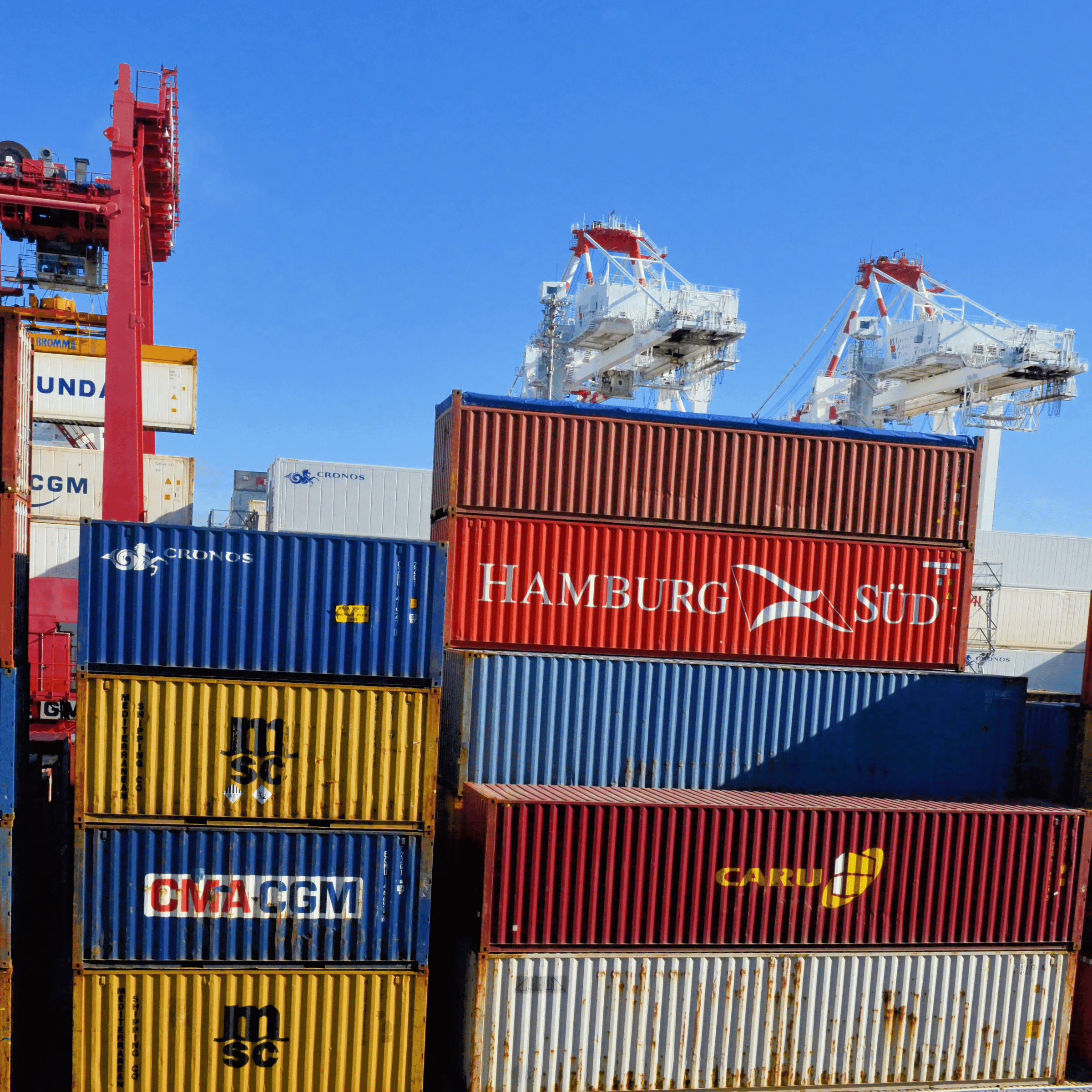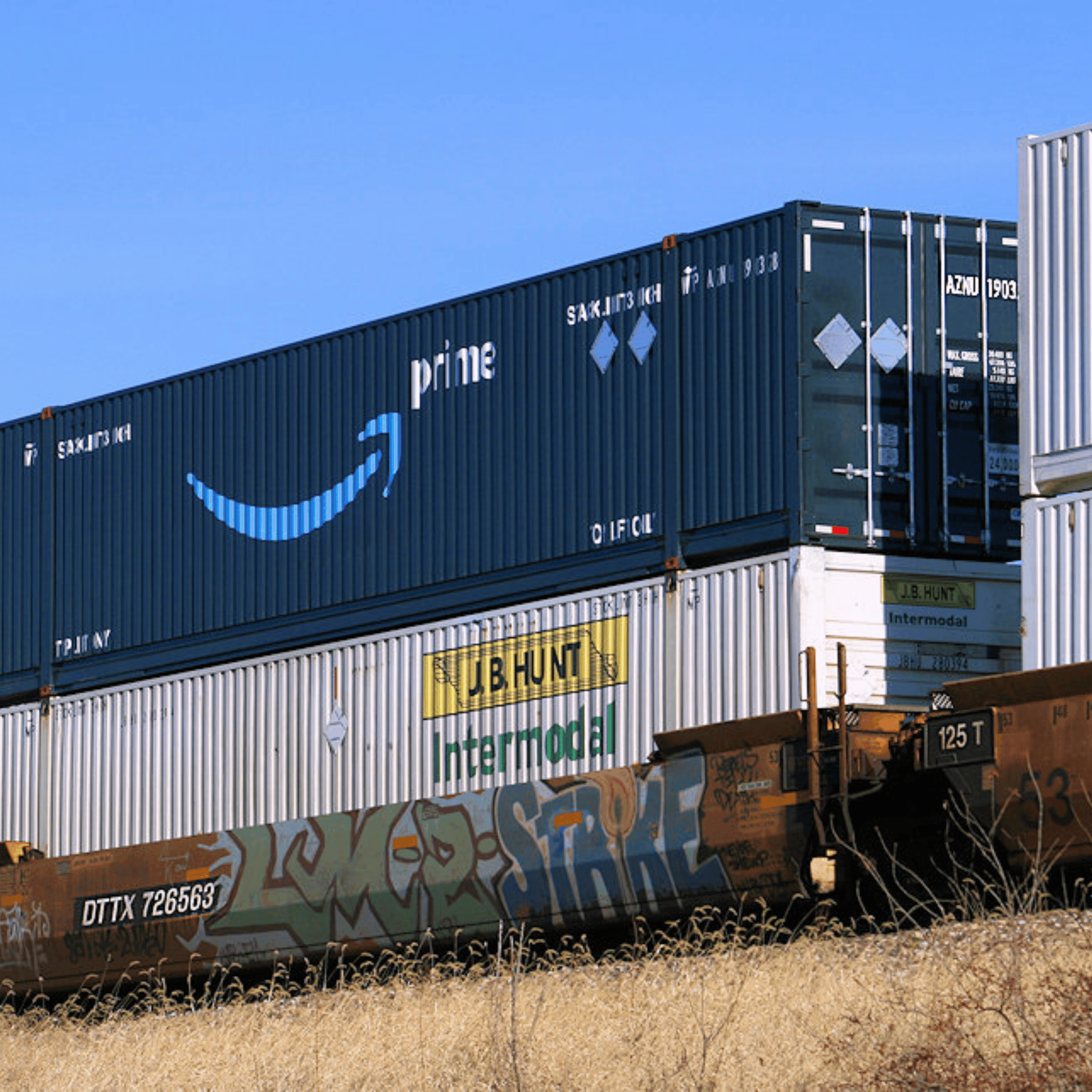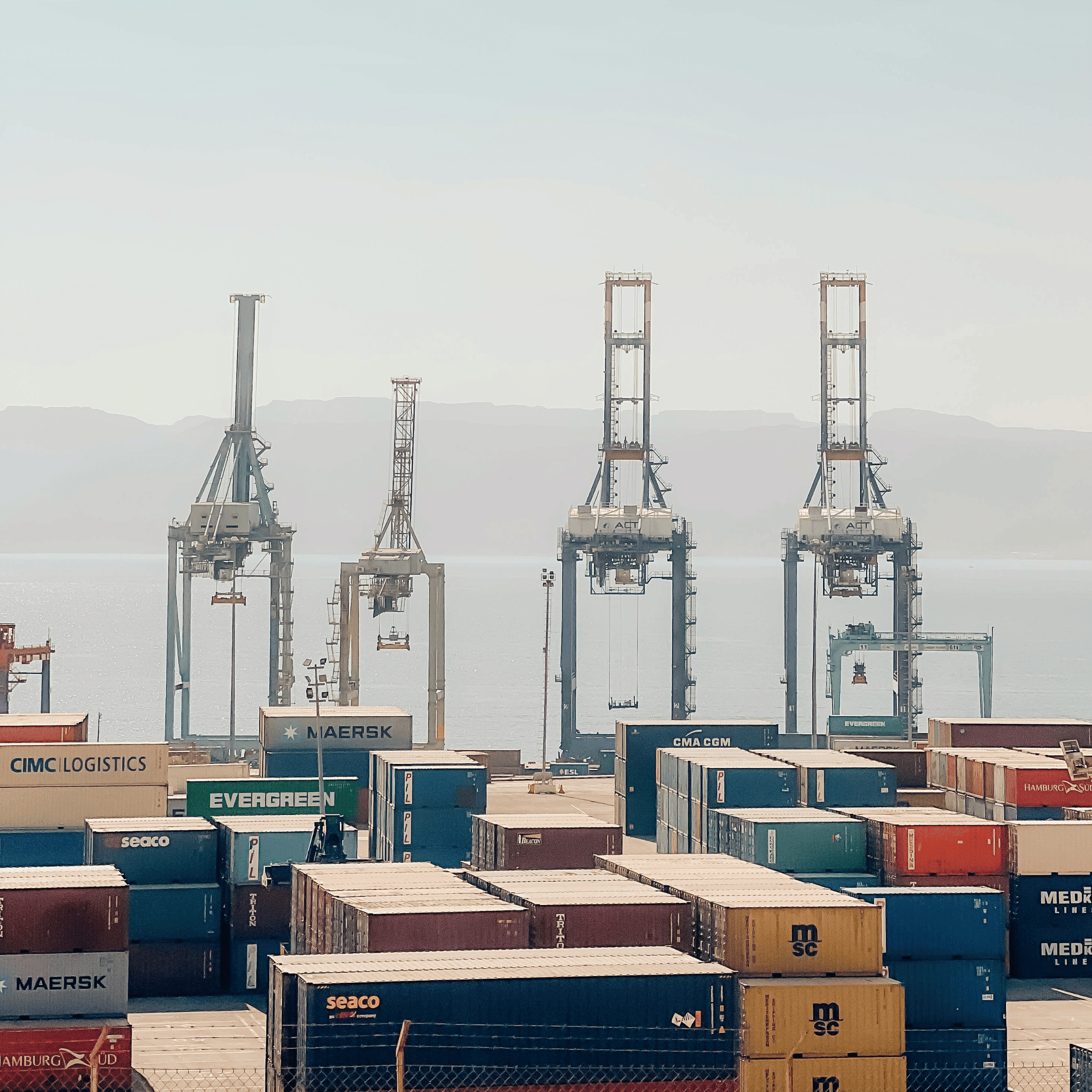Supply chain bottlenecks have increasingly become a focal point of concern for businesses, industries, and economies worldwide. These bottlenecks can lead to production halts, delayed deliveries, increased costs, and customer dissatisfaction. Understanding the root causes, associated challenges, and strategies to navigate them can empower organizations to maintain efficient operations in the face of such disruptions.
What is a Supply Chain Bottleneck?
A bottleneck in a supply chain refers to a point of congestion or blockage which can significantly slow down or halt the flow of goods, services, or information. It’s akin to the narrow neck of a bottle restricting the flow of liquid. In the context of supply chains, a bottleneck can occur at any stage – from raw material extraction to product delivery to end customers.
Causes of Supply Chain Bottlenecks:
Demand and Supply Mismatches: A sudden surge in demand (e.g., panic buying during a crisis) or a reduction in supply (e.g., due to factory shutdowns) can create bottlenecks.
Infrastructure Limitations: Insufficient transportation infrastructure (like ports, roads, and rail networks), outdated warehousing solutions, or limited logistical capabilities can lead to congestions.
Geopolitical Issues: Trade wars, embargoes, or any form of international disputes can disrupt normal supply routes and lead to bottlenecks.
Regulatory Changes: Unexpected changes in regulations or standards can prevent goods from moving smoothly through the supply chain.
Natural Disasters & Pandemics: Events like earthquakes, floods, or pandemics can disrupt production and transportation, leading to immediate bottlenecks.
Supplier Reliability: If a key supplier faces operational challenges or goes out of business, it can disrupt the entire supply chain.
Technology Failures: Dependency on certain technologies without adequate backups can lead to shutdowns in case of technology failures or cyber-attacks.
Challenges Posed by Bottlenecks:
Increased Operational Costs: Stagnation means storage costs increase, and expedited logistics might be needed once the bottleneck is cleared.
Lost Sales and Revenue: Delays can lead to missed sales opportunities, especially if consumers find alternatives.
Reduced Customer Trust: Frequent or prolonged bottlenecks can erode trust, affecting brand reputation and customer loyalty.
Reduced Production Efficiency: For manufacturing entities, a bottleneck can mean machinery and workers remain idle.
Strained Business Relations: Delays can lead to tensions between business partners, vendors, or between different departments within an organization.
Navigating Supply Chain Bottlenecks:
Forecasting and Planning: Use predictive analytics and AI to understand market demands better and plan inventory accordingly.
Diversification: Don’t rely heavily on a single supplier or region. Diversifying sources can act as a hedge against potential bottlenecks.
Invest in Technology: Technologies like the Internet of Things (IoT), blockchain, and AI can offer real-time monitoring and streamline operations.
Relationship Building: Cultivate strong relationships with suppliers and logistics providers. This collaboration can aid in getting priority during challenging times.
Flexible Supply Chain Design: Design supply chains to be flexible and adaptable, allowing for quick shifts in strategy when required.
Stockpile Essential Components: While it’s costly, keeping a strategic reserve of critical components can act as a buffer during disruptions.
Continuous Monitoring: Regularly monitor and evaluate the supply chain to identify potential bottlenecks before they become critical issues.
Scenario Planning: Prepare for different scenarios, including worst-case ones, to ensure swift response strategies.
Transparent Communication: Ensure open lines of communication with all stakeholders, including suppliers, employees, and customers. This can help set expectations and mitigate tensions.
Conclusion
Supply chain bottlenecks, while challenging, aren’t insurmountable. By understanding their causes and potential impact, businesses can adopt strategies to navigate them effectively. Proactive planning, technological adoption, and flexibility remain key to ensuring that supply chains remain resilient in the face of disruptions.






